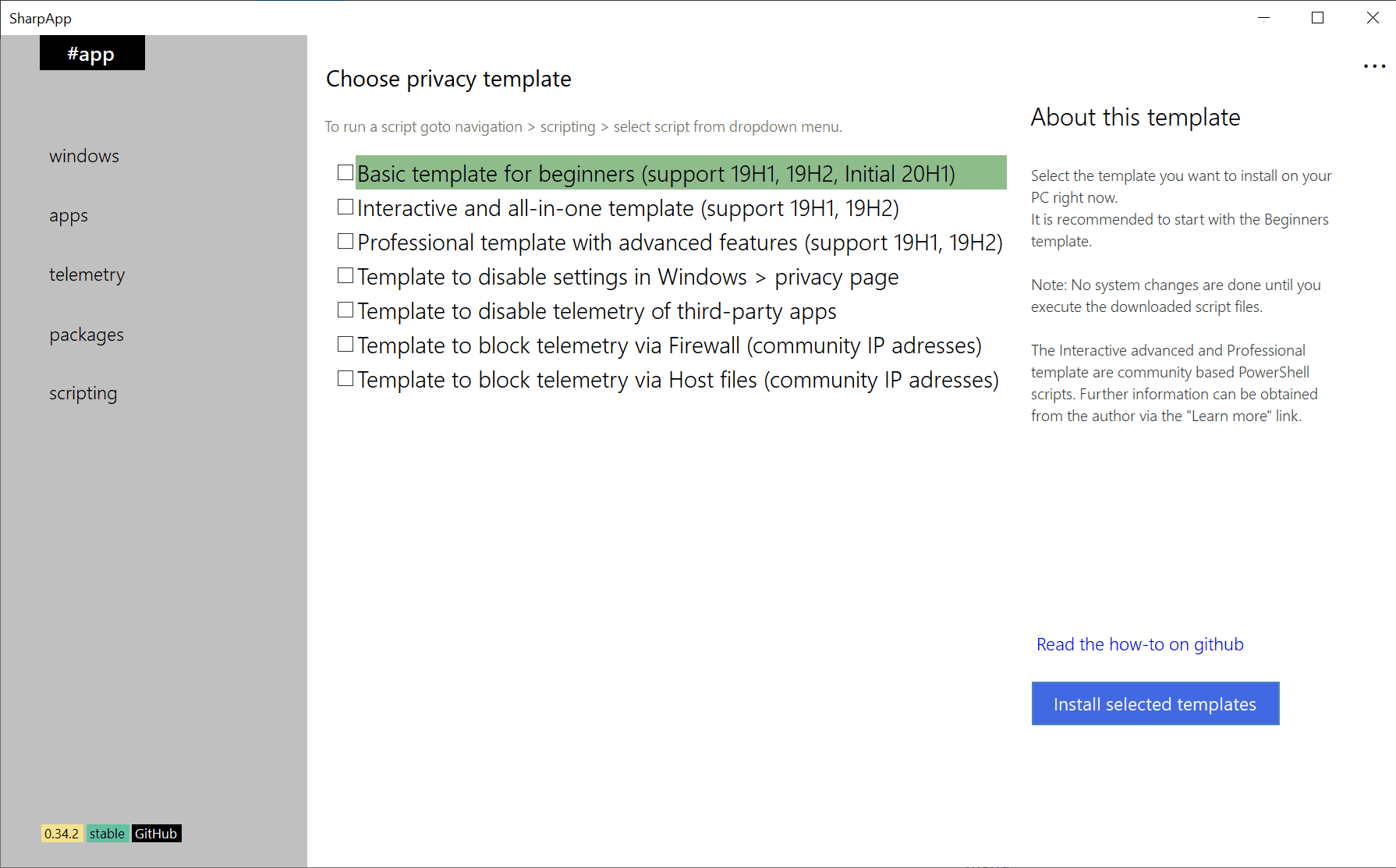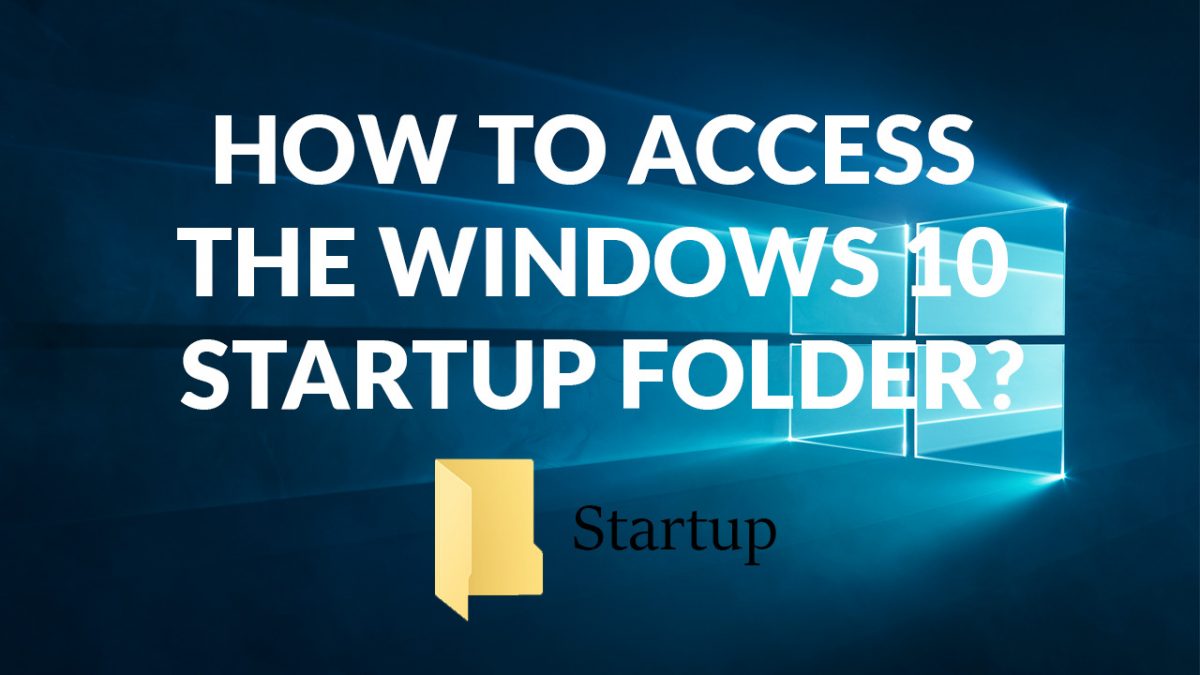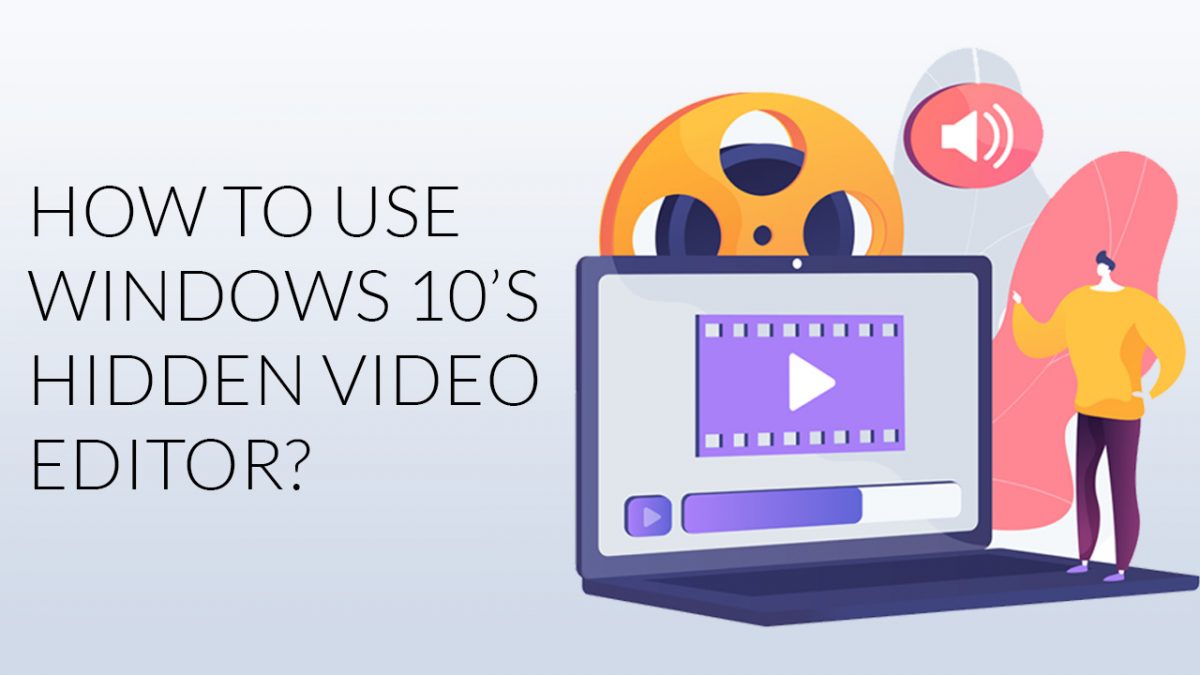Mirinsoft focuses development on SharpApp, phases out Debotnet

Mirinsoft released its Debotnet Windows tweaking application in December 2019. The application provided administrators with options to deal with many of the annoyances of Microsoft's Windows 10 operating system, from removing applications, improving privacy and silencing Cortana to managing other parts of the Windows 10 operating system. The tool was updated regularly and evolved from a basic tool to an advanced privacy tool for Windows 10.
The developer of Debotnet released PimpApp last month. PimpApp, which was renamed to SharpApp to avoid any confusion or irritation surrounding the original name, was designed as a successor to Debotnet.
The developer of both applications revealed future plans for both applications this week on the official blog.
In short: Debotnet development is put on hold. The application will receive critical bug fixes but it won't receive functional updates anymore. This means, among other things, that Debotnet won't support upcoming feature updates of Windows 10 (such as Windows 10 version 2004 that is coming out this month).
One of the main reasons for focusing on a new application is development-specific. Debotnet is a Visual Basic program; VB is going away and it does not support many of the features of modern applications.
The developer has published a comparison that focuses on technology but also to a degree on functionality.
SharpApp offers several advantages including full 64-bit support, High DPI support, full Unicode support, simple and complex PowerShell scripting, and support for localization.
Both applications use a different approach when it comes to the changes that users can make using them. Debotnet uses a simple checkbox system to make individual changes to the system. SharpApp on the other hand focuses on bundled scripts that make multiple changes at once.
Not all users may appreciate that change. While bundled scripts make things more comfortable and less confusing for inexperienced users, it is also true that they remove flexibility. It is an all or nothing approach, unless you know how to modify these scripts.
Closing Words
Many Debotnet features will continue to work in the 2020 feature update versions of Windows 10. It is probably better to move to a different privacy application for Windows 10 that supports these new versions officially though.
SharpApp may be an option but it is not an exact copy of Debotnet. That is good in some regards but it may also lead to some Debotnet users looking elsewhere for an alternative.
Now You: Have you tried the tools? What is your take on the change and on functionality?
























Author says it has now all functions of debotnet
https://www.mirinsoft.com/blog/19-apps/28-sharpapp-now-equal-to-the-old-app-debotnet
I was interested in this topic and tried “SharpApp”, but…
I concluded that “WPD” which I have been using for two years is more useful (many manageable items and no complaints) and deleted SharpApp.
WPD | The real privacy dashboard for Windows.
https://wpd.app/
Thanks for giving a hoot Owl.
I like what I see of WPD, and they keep it updated (supports 1909).
I will give WPD a try, and if all goes well, I will recommend it to my distinguished colleagues.
hahah I also thought that Debotnet is based on Net Framework, but Mirinsoft = Microsoft? :Dhaha
Then there’s Windows Privacy Dashboard (WPD) which seems good too. I wish I really knew which of the 20 options was the best.
So do mac users go through this too or did they just accept long ago that their walled garden had cameras?
I use FixWin, OOAPB, OOSU10, Ultimate Windows Tweaker, Winaero Tweaker, and of late I used Debotnet, but I just deleted it for now.
I will await for SharpApp to progress some more, and then perhaps give that a try down the road, as that seems like the most prudent course of action at this particular juncture.
Thanks for this important report.
I will notify my distinguished colleagues of this news.
Strange from the app name I could have sworn that Debotnet is written in Dotnet framework and SharpSpp in C# and that Mirinsoft is actually Microsoft
I really like this New SharpApp. Thanks for introducing
Cute app
That’s good to know, Martin. I have used shutup10 and Debotnet. Can you recommend the new SharpApp?
Where are the differences? Which one to use? Why is SharpApp is not recommended
?
GPEDIT
It might be useful to review SharpApp compared to Winaero Tweaker version 0.17 from https://winaero.com/comment.php?comment.news.1836 . It is a bit of an apples to oranges comparison to make, but would be potentially helpful.
I would love a comparison of Winaero Tweaker and SharpApp
@chesscanoe
I take it you’re new to ghacks, as they don’t do much comparisons here at all.
They mainly focus on these reviews, where you we can do your own comparisons as need be.
BTW, Winaero Tweaker has been reviewed here, and not much has changed with it since then.
That said, I think comparing Winaero Tweaker to SharpApp is a rather dopey idea, but I’m also a dope, so whatever.
also, if you don’t like the new SharpApp, ask the developer to reveal the source code. but are there any visual basic developers out there
There are many differences but in summary Sharpapp is the more complete App (Blocking telemetry via Firewall and hosts, complete App uninstaller, 64bit executable,no more Visual Basic) One, two clicks and you are done. The old debotapp was overloaded with functions and wasnt that user friendly
Hi Martin,
I was a big fan of Debotnet and got really disappointed with that news.
Personally, after giving a go to SharpApp, I find it lacking in comparison to Debotnet – fewer options and flexibility across the board.
You mention “users looking elsewhere for an alternative” – would you recommend this alternative?
Thank you!
This one is very granular and updated regularly: https://www.w10privacy.de/english-home/
I can highly recommend it. Im really loving this new app. Just run the recommended templates.
Where to download this Sharpapp??
http://www.mirinsoft.com/sharpapp
I don’t understand why this Debotnet was so popular I have seen it several times here on ghacks and didn’t like. This new Sharpapp is technically a great app and it’s all PowerShell inside. A blessing to me as sysadmin
I myself do not like PS, I have even removed it from Windows.
I will have to run SFC scan to restore it to test Sharpapp.